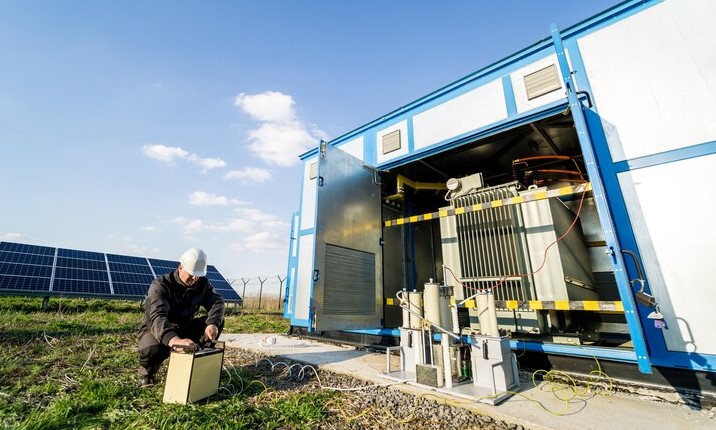A Generac generator can provide backup power to your home or business during power outages. Installing a generator can seem daunting, but with the right tools and guidance, it can be a manageable DIY project.
Preparation
- Determine the proper size generator for your needs based on the appliances and devices you want to power during an outage.
- Obtain all necessary permits and inspections from your local government.
- Choose a well-ventilated location for the generator, away from windows and doors, and as close to your electrical panel as possible.
- Gather tools such as a level, drill, wrench, conduit, and electrical wire.
Installation
- Mount the generator onto a level surface using concrete blocks or a generator pad.
- Connect the generator to a fuel source, either natural gas or propane.
- Install an automatic transfer switch near your electrical panel to safely and easily switch between utility power and generator power.
- Run the electrical conduit from the transfer switch to the generator.
- Connect the wires from the transfer switch to the generator.
- Test the generator to ensure it is running smoothly.

Conclusion
Generac generator installation can provide peace of mind during power outages. With proper preparation and care during the installation process, you can ensure your generator is set up for safe and reliable operation. If you are unsure about any aspect of the installation process, it is recommended to consult a professional electrician.






